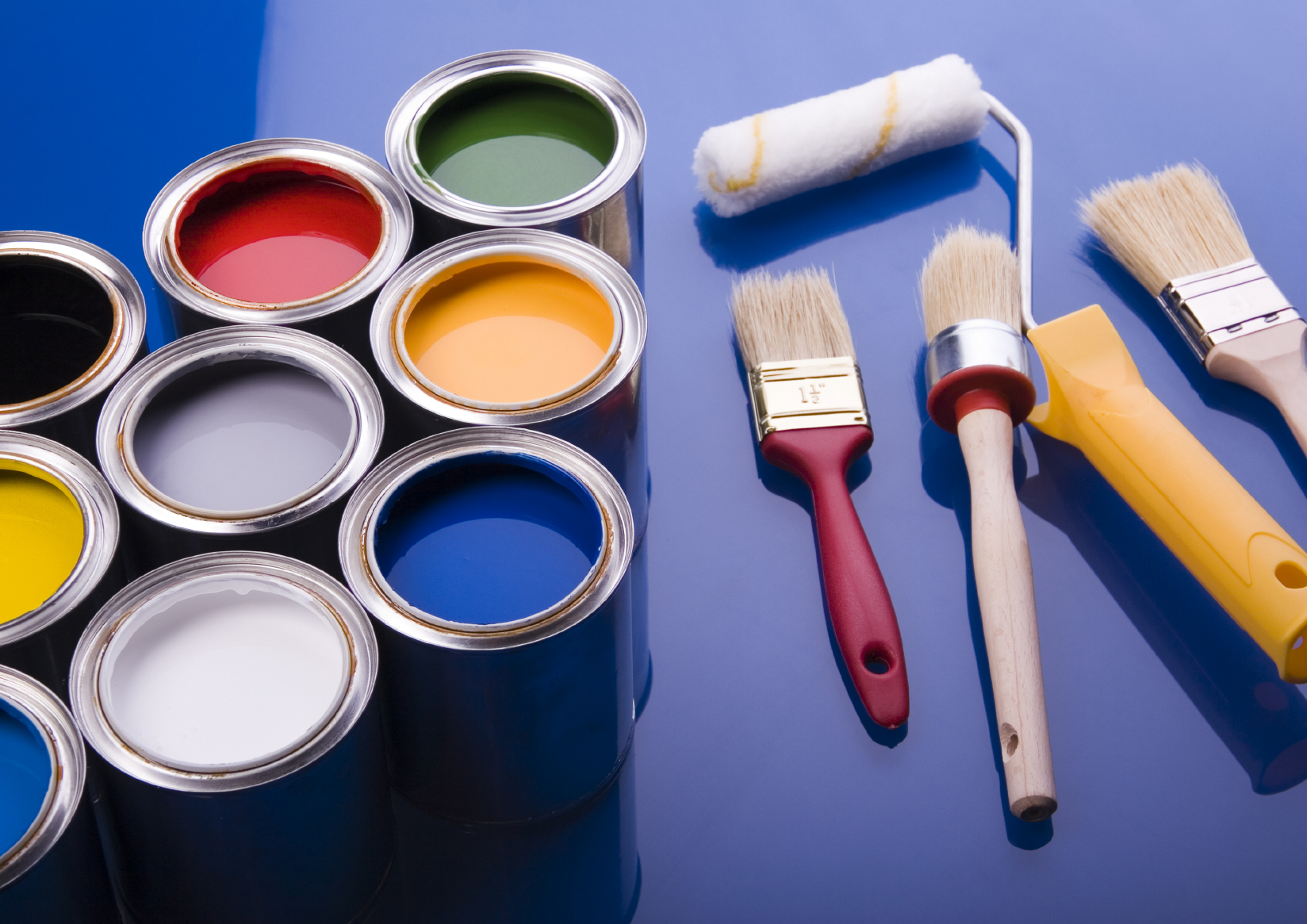A fresh coat of paint helps to liven up any room of the home. The average life cycle of paint is just 3 years, which means this becomes a common DIY project for many homeowners.
If you are tackling this project in the near future, then here are some common mistakes that professional painters often see when they’re called in to fix a problem.
Mistake #1: Painting on an Unclean Surface
You must wash your walls before you paint them. Make sure you wash your ceiling as well. Even if they don’t look like they need to be cleaned, do it anyway. Your paint and primer will stick better to the clean surface and the results will have more consistency.
Mistake #2: Not Prepping the Surface
Any flaking paint must be removed from a wall or surface before a new coat of paint is applied. If the painted surface is glossy, then you’ll need to scrape the entire wall or room before applying the new paint. Skipping this step will cause the paint to have reduced sticking levels and your coverage may be questionable.
Mistake #3: Not Tapping Edges
Take the time to tape around your window sills, door frames, trim, and ceiling lines. This will give you a properly clean edge for the wall, which helps to create better visual results. Even great painters can have a hand twitch or slip while on a stepladder, creating a light brush of paint somewhere it doesn’t need to be.
Mistake #4: Not Covering Your Fixtures
Before painting, make sure you take the time to cover all of your fixtures. That includes your door knobs, your wall plates, and your light fixtures. You will also want to put down some type of floor protectant, so wet paint doesn’t drip onto your carpet, laminate, or hardwood flooring. Leave the covering on your fixtures until the paint has fully dried.
Mistake #5: Painting the Ceiling Last
Most DIY painters without professional experience tend to start at the bottom and work their way up in a room. That’s how humans are typically wired. When painting, however, if you paint the ceiling last instead of first, then paint drips can hit your wall. That will spoil all the hard work you just put into your walls, forcing you to do the work again to avoid runs.
Mistake #6: Painting Too Soon
You cannot paint over wet paint to create a second coat. You must wait for the first coat to be absolutely dry before giving the walls or ceiling the next layer. If you paint on semi-dry paint, you can create blistering and peeling.
Mistake #7: Being Cheap with Primer
At the very least, use a paint product which contains primer if you’re looking to save on work. It’s more expensive, but it will save you a step. You’ll want to apply a primer to the surface being painted first, especially if there are stains or dark paint on the wall, to create a pure result.
There is a right way and a wrong way to paint. If you’re tackling this DIY project, then be sure to follow these steps today to make sure the job gets done the right way.

